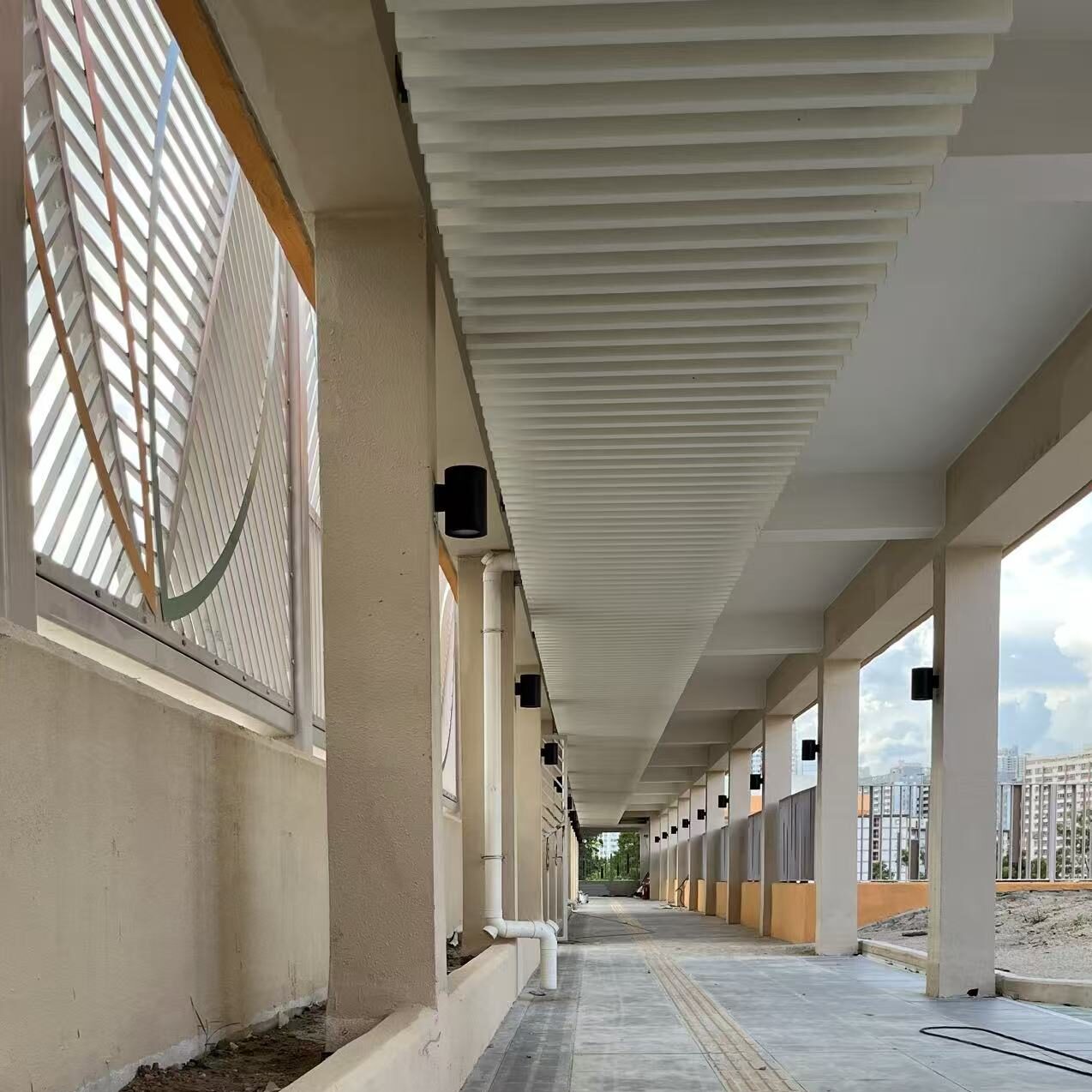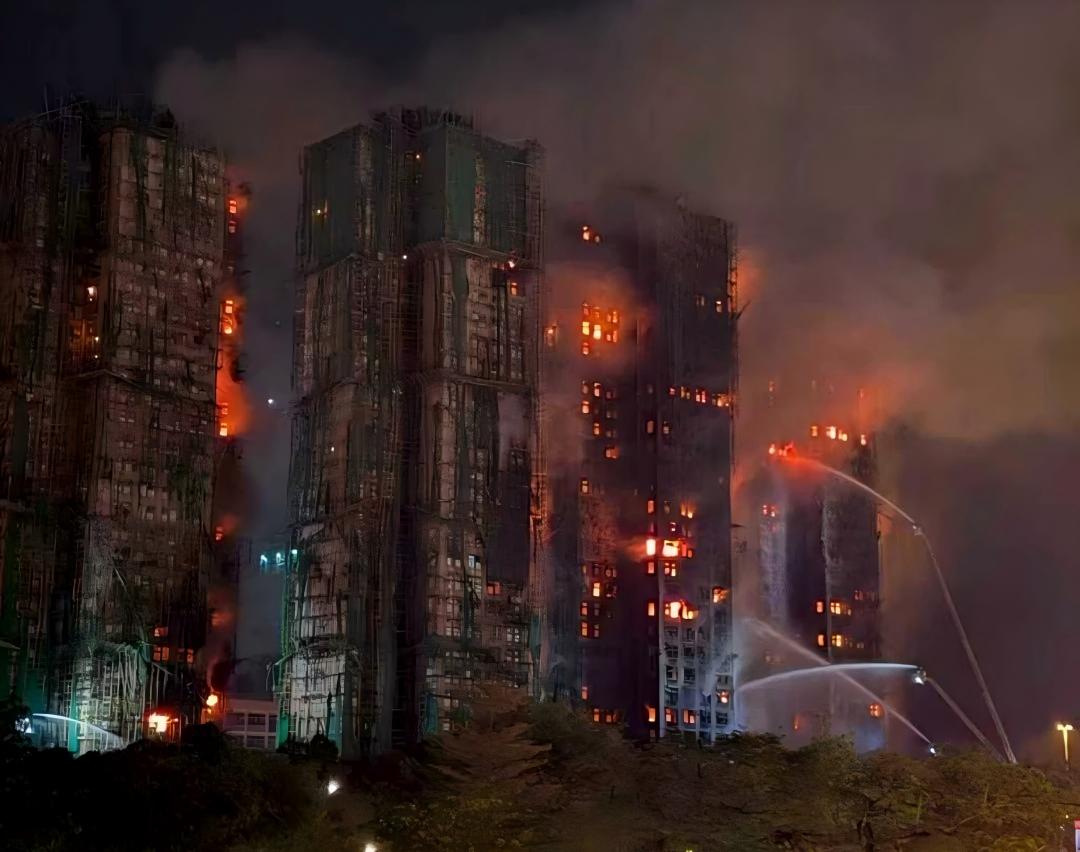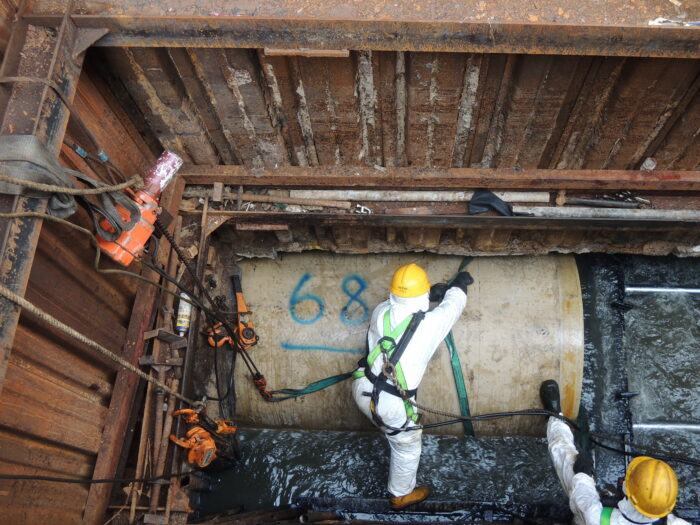Are metal skeleton manhole covers becoming an “aging problem” for cities? Discussing the innovative significance of non-metal load-bearing skeletons.
Located in the heart of Admiralty on Hong Kong Island, a world-class commercial landmark features a meticulously designed stone-like drainage cover system for its curtain wall entrance. This system has been widely praised for its elegant aesthetic appeal. The covers mimic the natural texture of stone, harmoniously complementing the paving stones on the plaza floor in terms of color, texture, and pattern. Together, they create the refined and harmonious ambiance required for a high-end commercial complex.
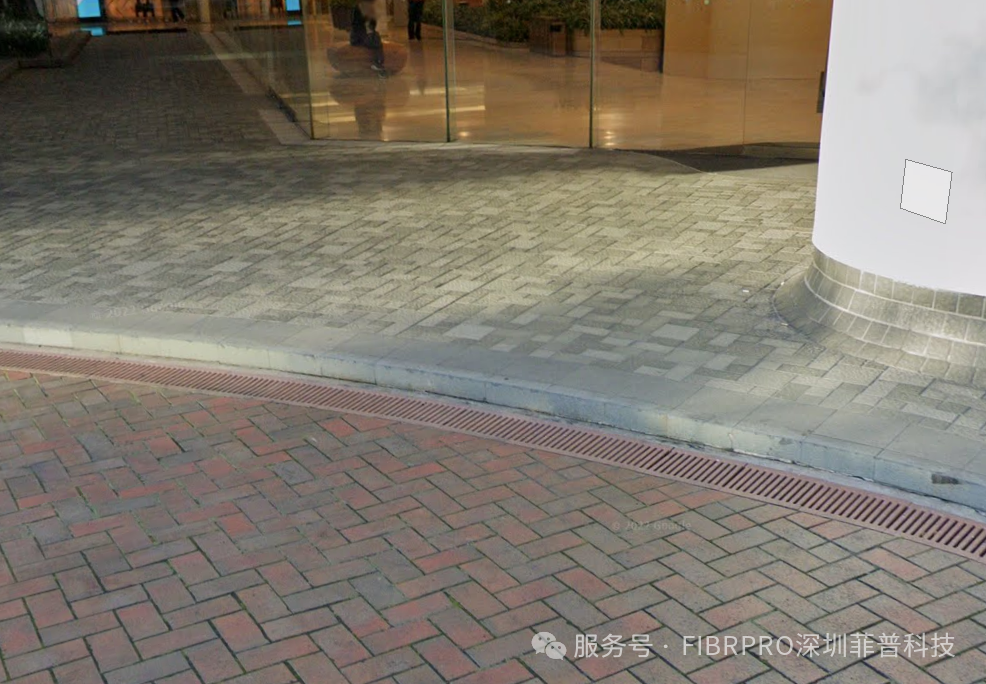
However, in just a few short years, corrosion and expansion of the metal load-bearing framework turned this “textbook example of aesthetics” into a “safety hazard”—rust spots corroded the surface like scars, and collapses and cracks appeared frequently. This durability problem caused by the metal framework clearly exposed the inherent limitations of metal infrastructure materials in hot and humid climates.
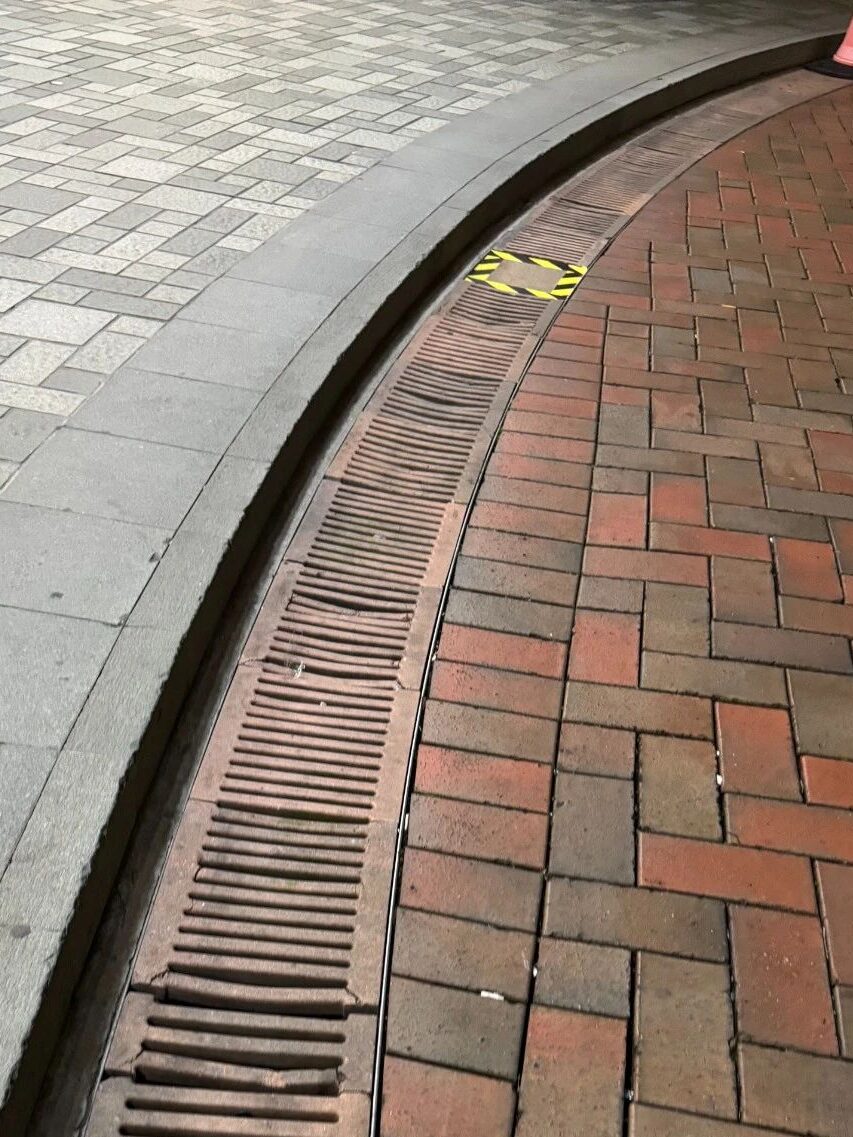
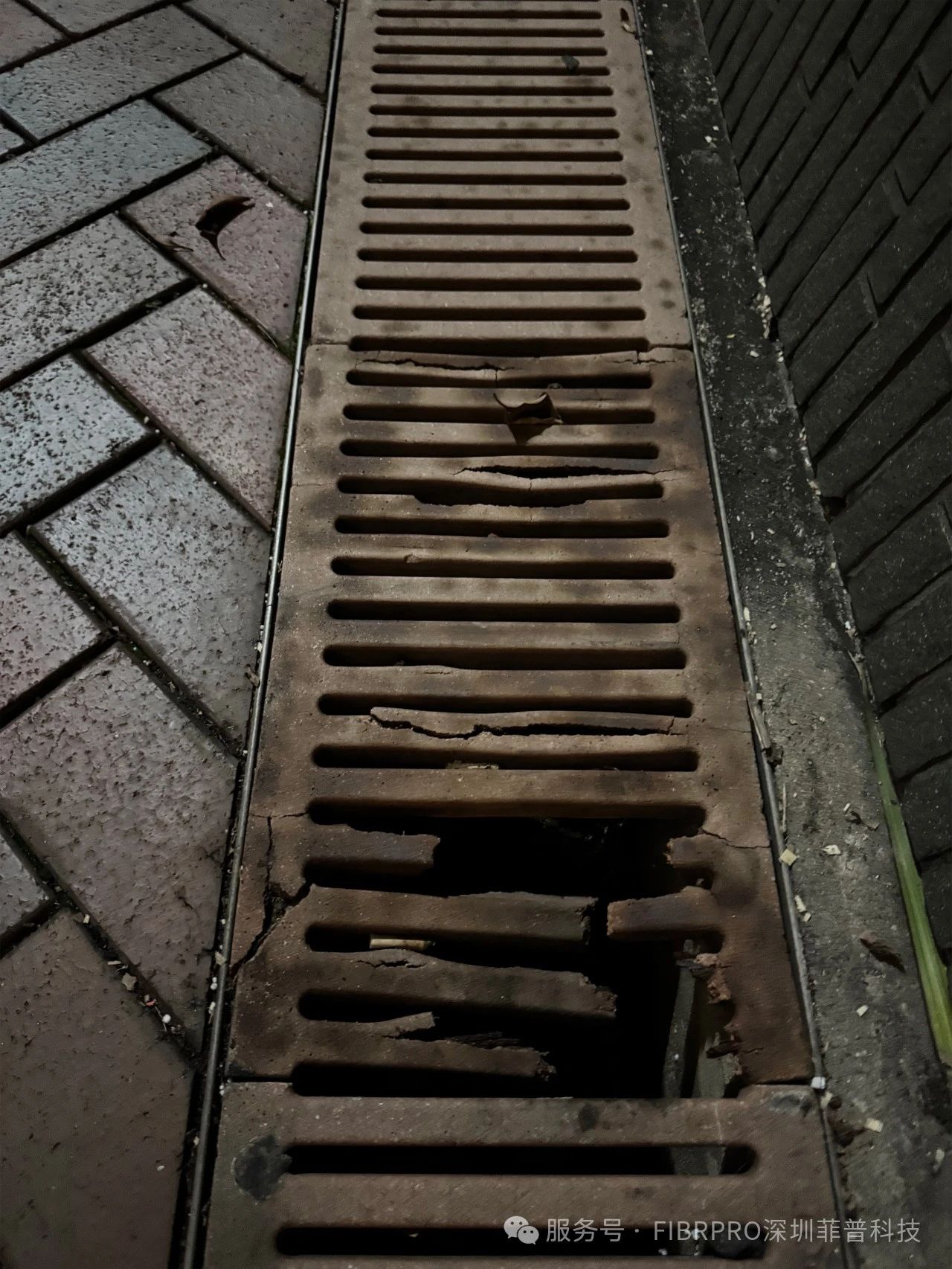
Durability Concerns: Even Exquisite Stone-Like Finishes Are Not Immune to “Aging”
The manhole covers at a certain ancient square are made of a combination of metal frames and stone panels. Although they initially met the load-bearing requirements, long-term exposure to a humid environment (the average annual humidity in the Golden Bell area exceeds 80%) has led to increasingly prominent corrosion issues with the metal frames:
1、Corrosion-induced collapse: Metal continuously oxidizes in humid environments, causing the frame’s strength to degrade at a rate of 5%-8% annually. High humidity accelerates metal fatigue fractures, ultimately leading to panel collapse.
2、Rust stain penetration: Fe³⁺ ions migrate upward with moisture, forming “brown bloodstain” rust spots on the decorative layer, compromising overall aesthetics.
3、Thermal expansion crisis: The thermal expansion coefficient of metal frameworks reaches 12×10⁻⁶/℃, far exceeding that of stone at 6×10⁻⁶/℃. Under alternating hot and cold conditions in summer, stress cracks form at the interfaces between different materials. Meanwhile, the thermal expansion coefficient of fiberglass itself is approximately 5×10⁻⁶/℃, and when combined with resin, the thermal expansion coefficient is approximately 6×10⁻⁶/℃, which is nearly identical to that of the artificial stone on the surface.
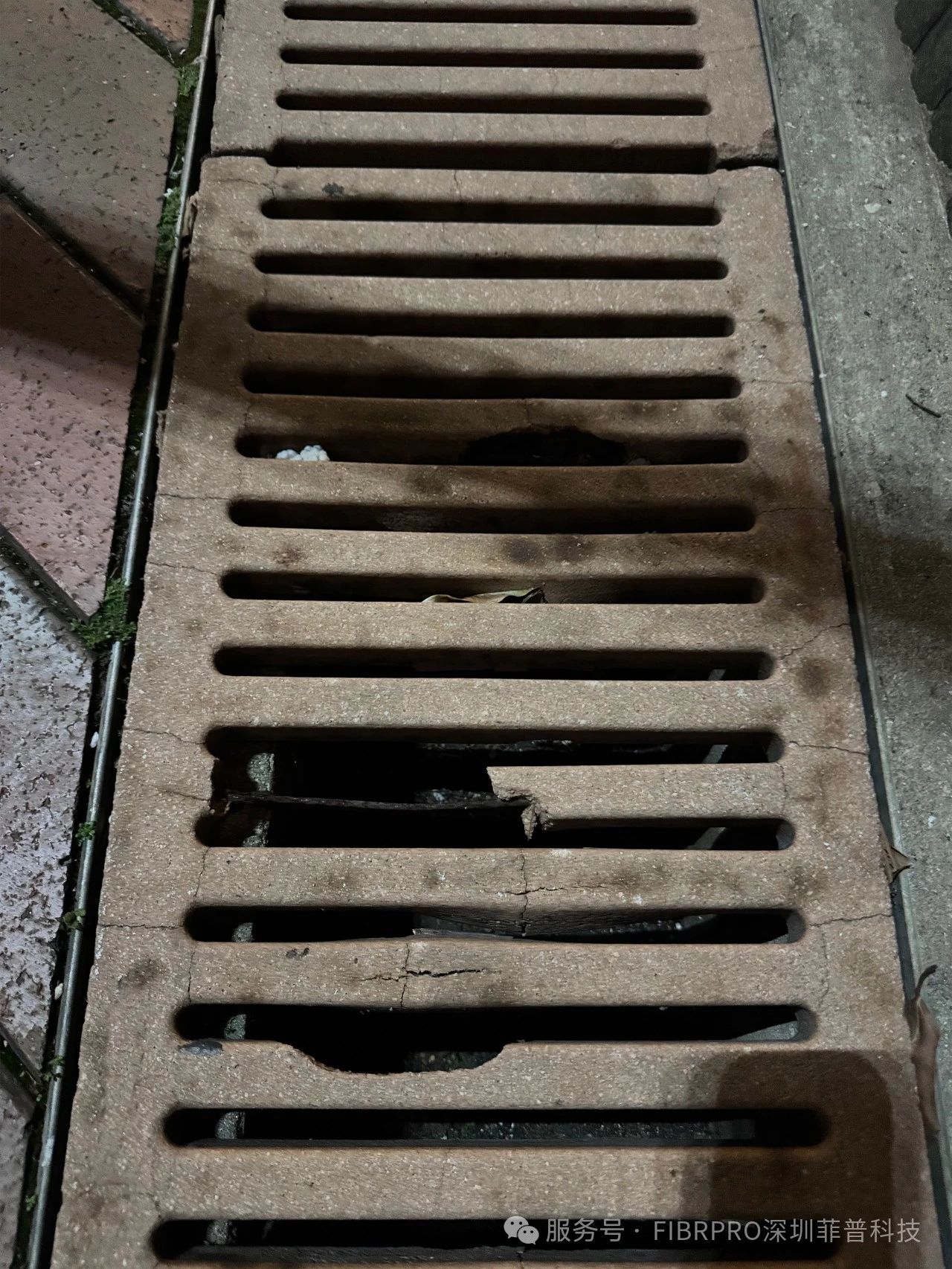
Technical Revelation: Why is a non-metallic skeleton the only solution for “anti-aging”?
As metal corrosion prevention technology has become mired in “patchwork improvements,” non-metallic skeleton systems centered on fiber-reinforced composite materials (FRP) are reshaping the fundamental logic of the manhole cover industry with disruptive innovation.
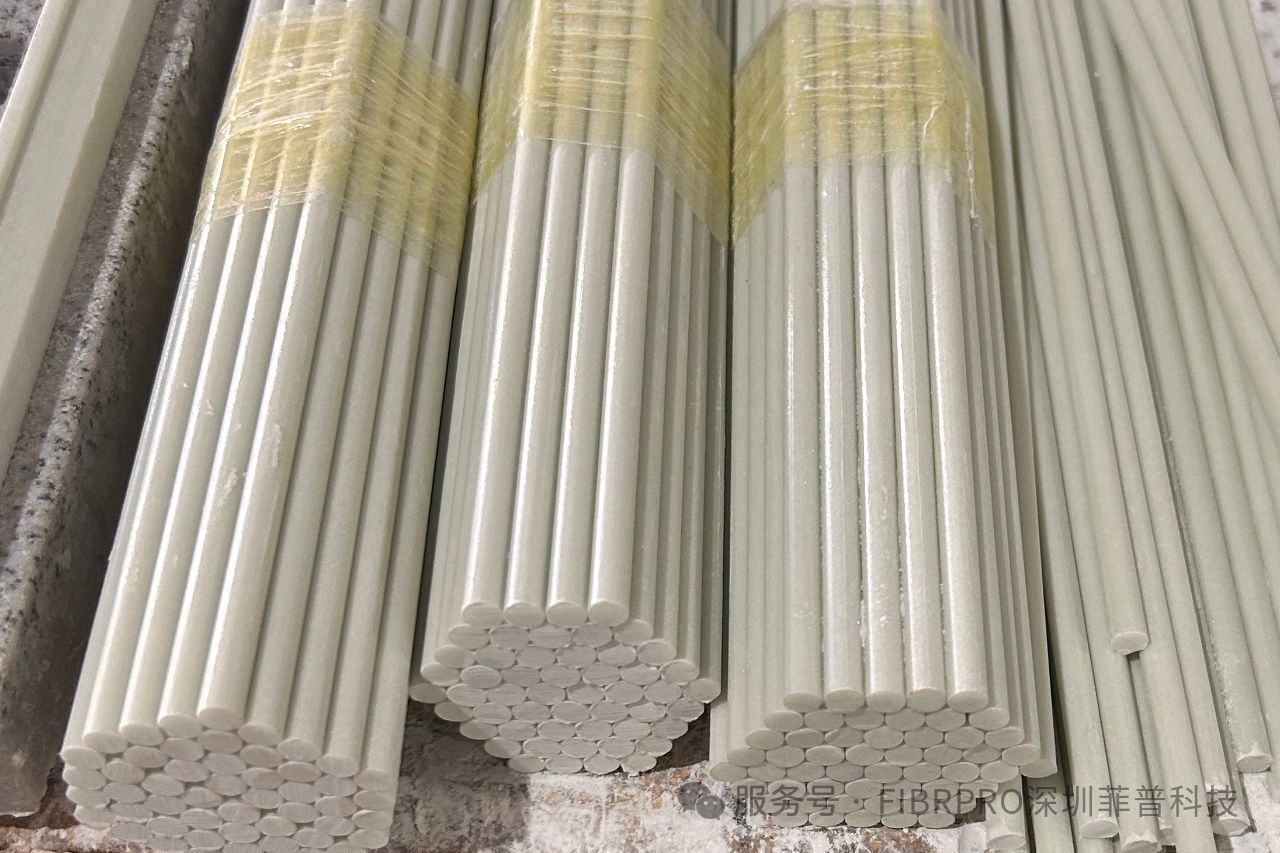
1. Material Revolution: From Passive Corrosion Protection to Intrinsic Corrosion Resistance
- Molecular-Level Corrosion Resistance: The composite structure of glass fiber/carbon fiber and resin fundamentally blocks the ion channels required for electrochemical reactions.
- Zero Maintenance: No additional measures such as coating or cathodic protection are required, and the maintenance-free characteristics throughout the entire lifecycle perfectly align with the “zero-interference” operational maintenance requirements of commercial areas.
2. Structural Revolution: From Mechanical Joining to Molecular Fusion
- Embedded Stress Dissipation: Non-metallic reinforcement is pre-embedded into the resin concrete matrix. Through cross-scale interface design between fibers, resin, and aggregates, thermal expansion differences between materials are converted into microscopic deformation buffering, eliminating the risk of macro-level cracks.
3. Aesthetic Revolution: From Functional Compromise to Design-Driven
- Customized Colored Sand Technology: By incorporating natural mineral-colored sand into resin concrete, the color of stone can be precisely replicated, even achieving customized “one-of-a-kind” color requirements.
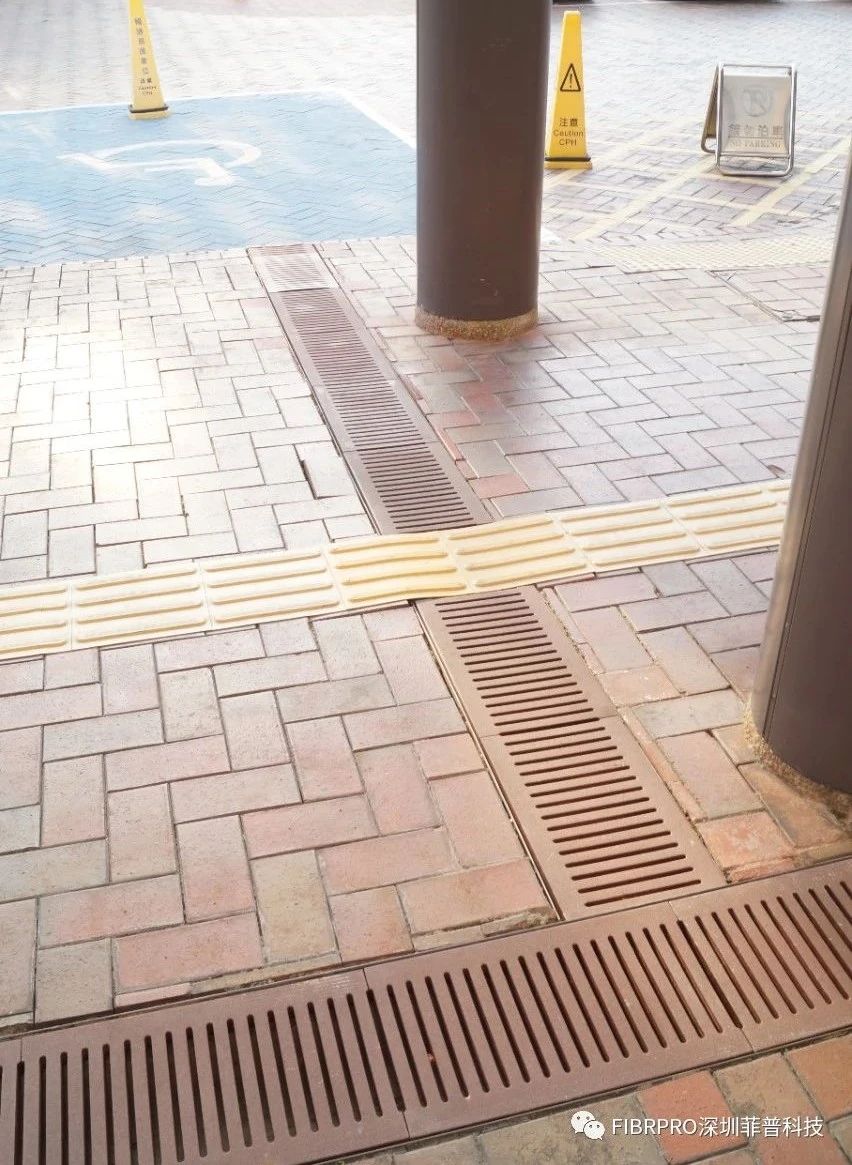
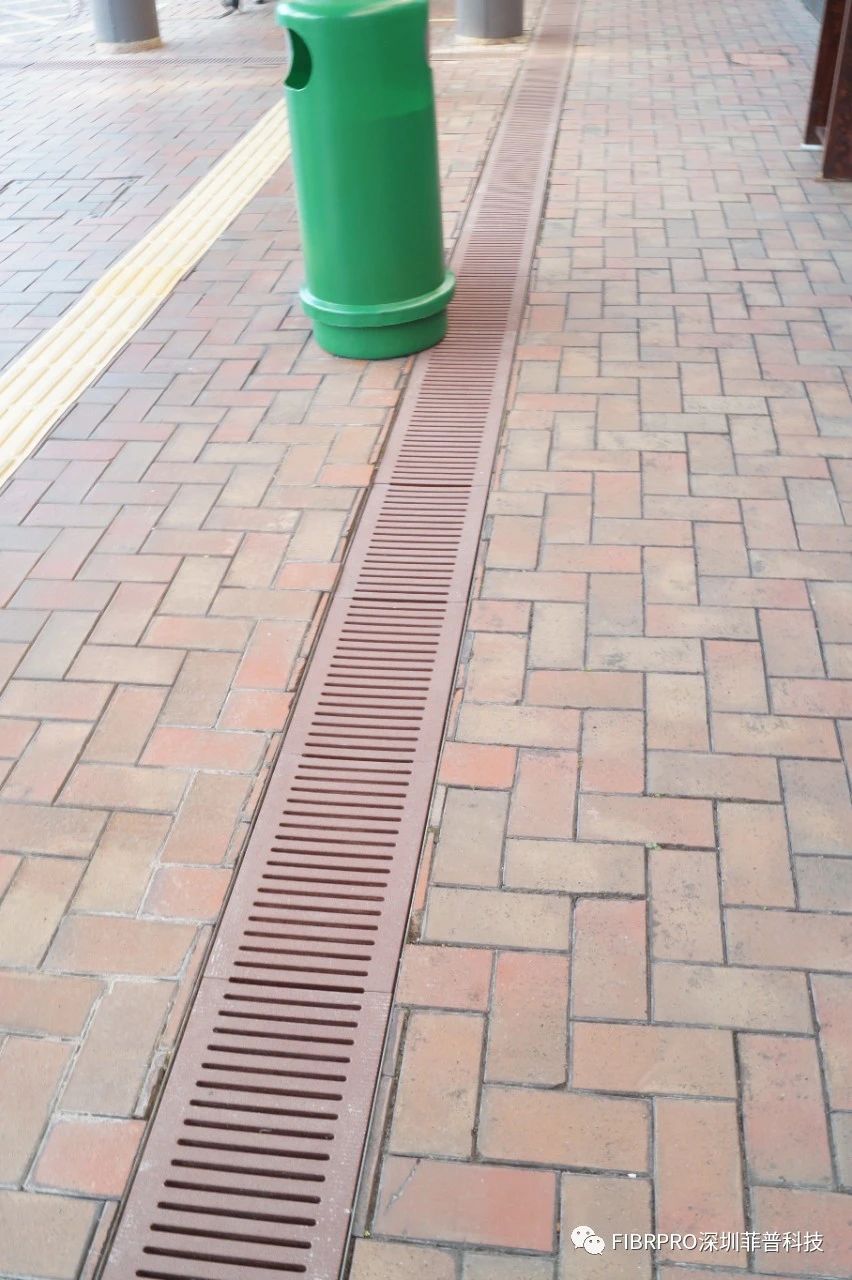
As rust stains and cracks spread freely across the exquisite imitation stone texture of the square, they reveal not only the failure of the material but also a profound crisis in the logic of urban design. The transition from metal to non-metal materials is not merely a technical replacement but a philosophical awakening about “how to harmoniously coexist with nature”—only by making each manhole cover a “molecular fortress” against corrosion and a “miniature landscape” carrying aesthetics can we build a true “century-long landmark” amidst climate change and surging crowds.
Synthetec® in Hong Kong, Synthetec® in China, Synthetec® in the world

